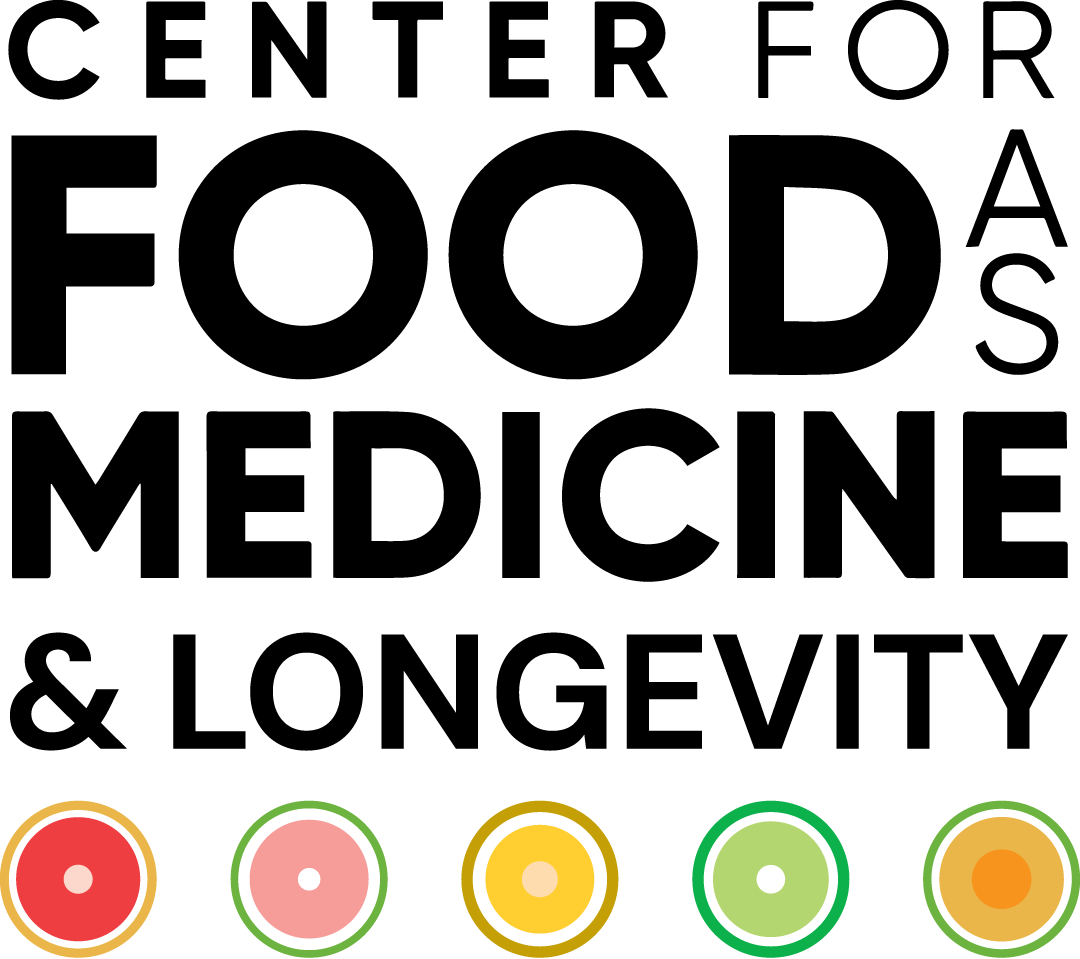“After a good dinner one can forgive anybody, even one’s own relations.”
— Oscar Wilde
This time of year is a great opportunity to pause and reflect on the many interconnections that bind us together, as the science suggests, with only six degrees of separation. Amongst these many weaves, the food we eat stands out with prominence. This week’s study from the journal Science highlights those food-based links, for though we often speak of eating locally, in reality, we engage in a global cuisine that is also big business.
- A decade ago, 80% of the world’s population resided in countries that were net food importers.
- Currently, the countries most dependent on food importation are in the Middle East and North Africa; e.g., Saudi Arabia imports roughly 90% of its food.
- Roughly one-quarter of the world’s food production is traded on international markets, with the majority being supplied by just ten countries.
- According to the Food and Agriculture Organization (FAO) of the United Nations, that market was worth $2 trillion in 2023.
- China is one of the world’s largest food importers, particularly of products from Brazil, Argentina, Canada, and the United States e.g., roughly 70% of the world’s soybeans go to China.
- Approximately 25% of food traded worldwide comes from the United States, with roughly 80% of that being produced in just four states: California, Oregon, Washington, and Texas.
- In 2022, 80% of the world’s wheat, corn, rice, and soybeans were produced by just nine countries; 134 countries around the globe were dependent on those nine countries for more than half of their crop importation.
The Caveat:
Our world is a very connected place and a very crowded dinner table. There is no doubt that the global trade of food and cuisine has enriched us all to varying degrees. Despite the doomsday forecasts, since the 1960s, food availability has kept up with population growth. These connections have provided those countries without the natural resources for food production with a measure of food security and improved health through agricultural importation.
But there have also been warning signs. The Covid-19 pandemic exposed supply chain vulnerabilities. Because the system is so linked, war, other epidemics, or natural disasters could easily wreak havoc. However, there is some resiliency and redundancy within the structure. For example, the Ukraine and Russia war impacted 30-40% of the world’s wheat production. However, after several months, other countries such as India, Australia, and Brazil had surpluses that filled the gap and stabilized the situation.
Other issues may have long-term consequences that are not so easily remedied. The environmental impact of industrial food production is one such concern. In 2023, Brazil lost an average of almost 5000 hectares (nearly 50 square kilometers) of rainforest to food production each day. Costa Rica, which produces many tropical fruits and half of all the pineapples traded on planet Earth, uses more industrial pesticides per hectare than any other country in the world. And, of course, what we choose to produce, e.g., ultra-processed foods, can have a huge impact on our health. So, while it is prudent and healthy to give thanks for food, family, and friends and acknowledge our interconnections, it is also imperative to understand that with the food at the table comes finances, politics, health, the environment, and our very survival. We must choose wisely.
The Study:
Bourne, Joel K. Jr Eating the earth. Science. 2024; 386:6725. doi:10.1126/science.zprhodf.

